ACKNOWLEDGMENTS
This article was supported by the Korean Breast Cancer Society. The contributors and their affiliations are as follows:
Sei Hyun Ahn, Asan Medical Center; Dong-Young Noh, Seoul National University Hospital; Seok Jin Nam, Samsung Medical Center; Eun Sook Lee, National Cancer Center; Byeong-Woo Park, Yonsei University Severance Hospital; Woo Chul Noh, Korea Cancer Center Hospital; Jung Han Yoon, Chonnam National University Hwasun Hospital; Soo Jung Lee, Yeungnam University Medical Center; Eun Kyu Lee, Seoul National University Bundang Hospital; Joon Jeong, Yonsei University Gangnam Severance Hospital; Sehwan Han, Ajou University School of Medicine; Ho Yong Park, Kyungpook National University Medical Center; Nam-Sun Paik, Ewha Womans University Mokdong Hospital; Young Tae Bae, Pusan National University Hospital; Hyouk Jin Lee, Saegyaero Hospital; Heung Kyu Park, Gachon University Gil Hospital; Seung Sang Ko, Dankook University Cheil General Hospital and Women's Healthcare Center; Byung Joo Song, The Catholic University of Korea Bucheon St. Mary's Hospital; Young Jin Suh, The Catholic University of Korea St. Vincent's Hospital; Sung Hoo Jung, Chonbuk National University Hospital; Se Heon Cho, Dong-A University Hospital; Sei Joong Kim, Inha University Hospital; Se Jeong Oh, The Catholic University of Korea Incheon St. Mary's Hospital; Byung Kyun Ko, Ulsan University Hospital; Ku Sang Kim, Ulsan City Hospital; Chanheun Park, Sungkyunkwan University Kangbuk Samsung Hospital; Jong-Min Baek, The Catholic University of Korea Yeuido St. Mary's Hospital; Ki-Tae Hwang, Seoul National University Boramae Medical Center; Je Ryong Kim, Chungnam National University Hospital; Jeoung Won Bae, Korea University Anam Hospital; Jeong-Soo Kim, The Catholic University of Korea Uijeongbu St. Mary's Hospital; Sun Hee Kang, Keimyung University School of Medicine Dongsan Medical Center; Geumhee Gwak, Inje University Sanggye Paik Hospital; Jee Hyun Lee, Soonchunhyang University Seoul Hospital; Tae Hyun Kim, Inje University Busan Paik Hospital; Myungchul Chang, Dankook University Hospital; Sung Yong Kim, Soonchunhyang University College of Medicine Cheonan Hospital; Jung Sun Lee, Inje University College of Medicine Haeundae Paik Hospital; Jeong-Yoon Song, Kyung Hee University Hospital at Gangdong; Hai Lin Park, Gangnam CHA University Hospital; Sun Young Min, Kyung Hee University Medical Center; Jung-Hyun Yang, Konkuk University Medical Center; Sung Hwan Park, Catholic University of Daegu Hospital; Woo-Chan Park, The Catholic University of Korea Seoul St. Mary's Hospital; Lee Su Kim, Hallym University Hallym Sacred Heart Hospital; Dong Won Ryu, Kosin University Gospel Hospital; Kweon Cheon Kim, Chosun University Hospital; Min Sung Chung, Hanyang University Seoul Hospital; Hee Boong Park, Park Hee Boong Surgical Clinic; Cheol Wan Lim, Soonchunhyang University Bucheon Hospital; Un Jong Choi, Wonkwang University Hospital; Beom Seok Kwak, Dongguk University Ilsan Hospital; Young Sam Park, Presbyterian Medical Center; Hyuk Jai Shin, Myongji Hospital; Young Jin Choi, Chungbuk National University Hospital; Doyil Kim, MizMedi Hospital; Airi Han, Yonsei University Wonju Severance Christian Hospital; Jong Hyun Koh, Cheongju St. Mary's Hospital; Sangyong Choi, Gwangmyeong Sungae Hospital; Daesung Yoon, Konyang University Hospital; Soo Youn Choi, Hallym University Kangdong Sacred Heart Hospital; Shin Hee Chul, Chung-Ang University Hospital; Jae Il Kim, Inje University Ilsan Paik Hospital; Jae Hyuck Choi, Jeju National University Hospital; Jin Woo Ryu, Chungmu General Hospital; Chang Dae Ko, Dr. Ko's Breast Clinic; Il Kyun Lee, The Catholic Kwandong University International St. Mary's Hospital; Dong Seok Lee, Bun Hong Hospital; Seunghye Choi, The Catholic University of Korea St. Paul's Hospital; Youn Ki Min, Cheju Halla General Hospital; Young San Jeon, Goo Hospital; Eun-Hwa Park, Ulsan University Gangneung Asan Hospital.
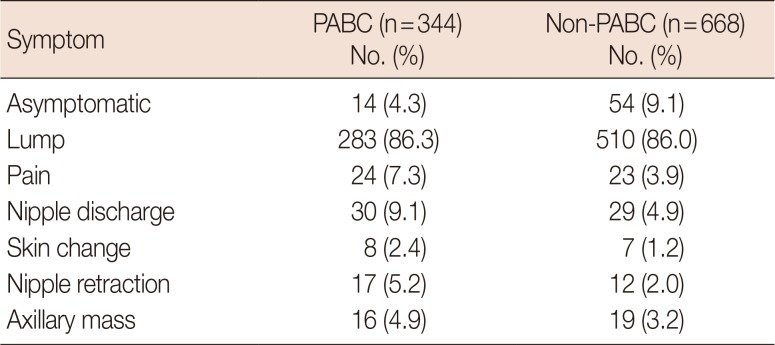
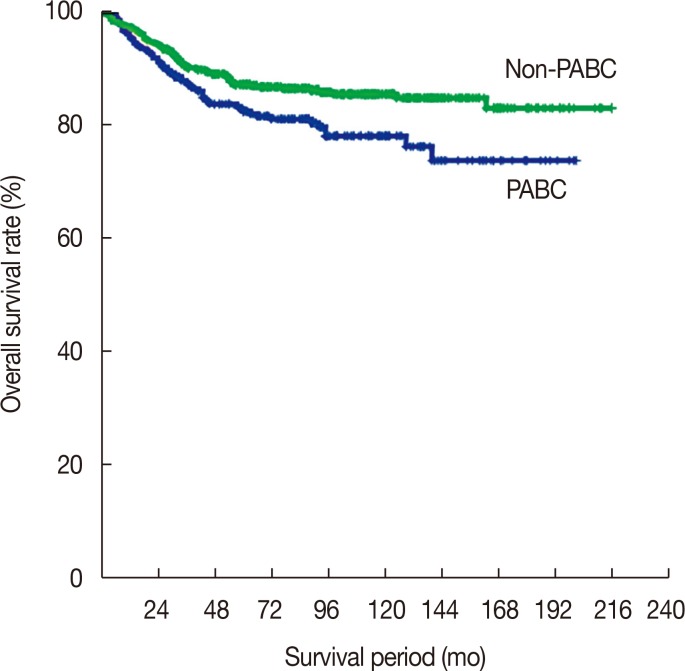
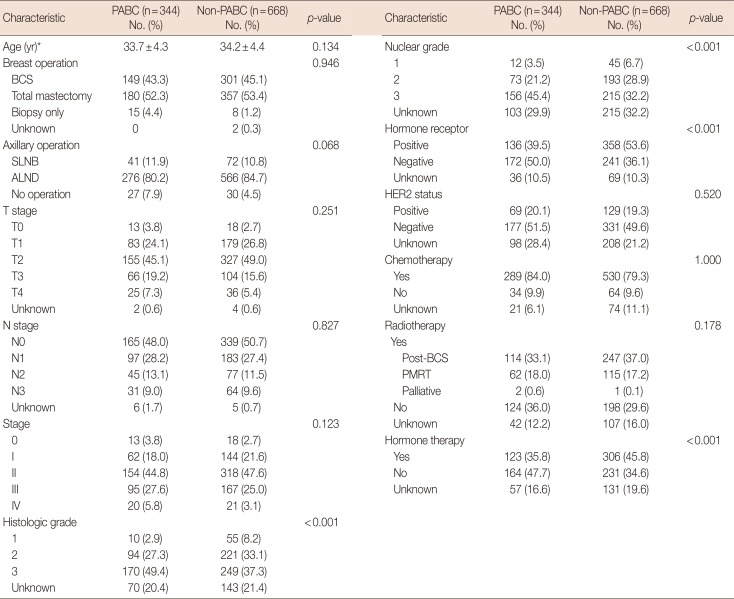
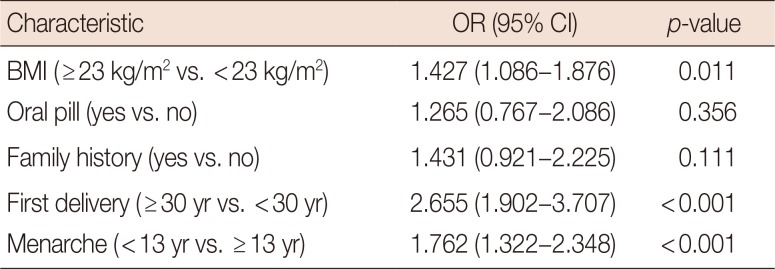




 PDF
PDF ePub
ePub Citation
Citation Print
Print


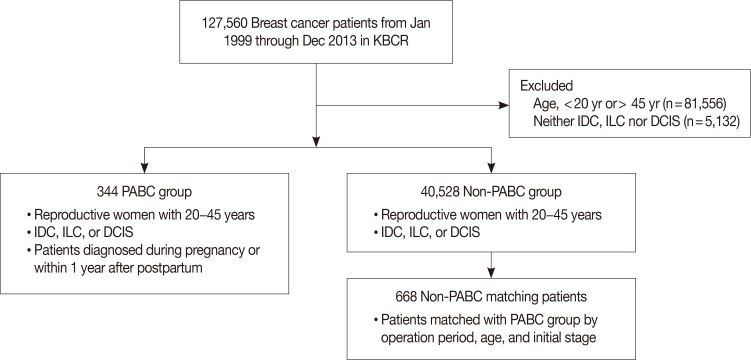

 XML Download
XML Download